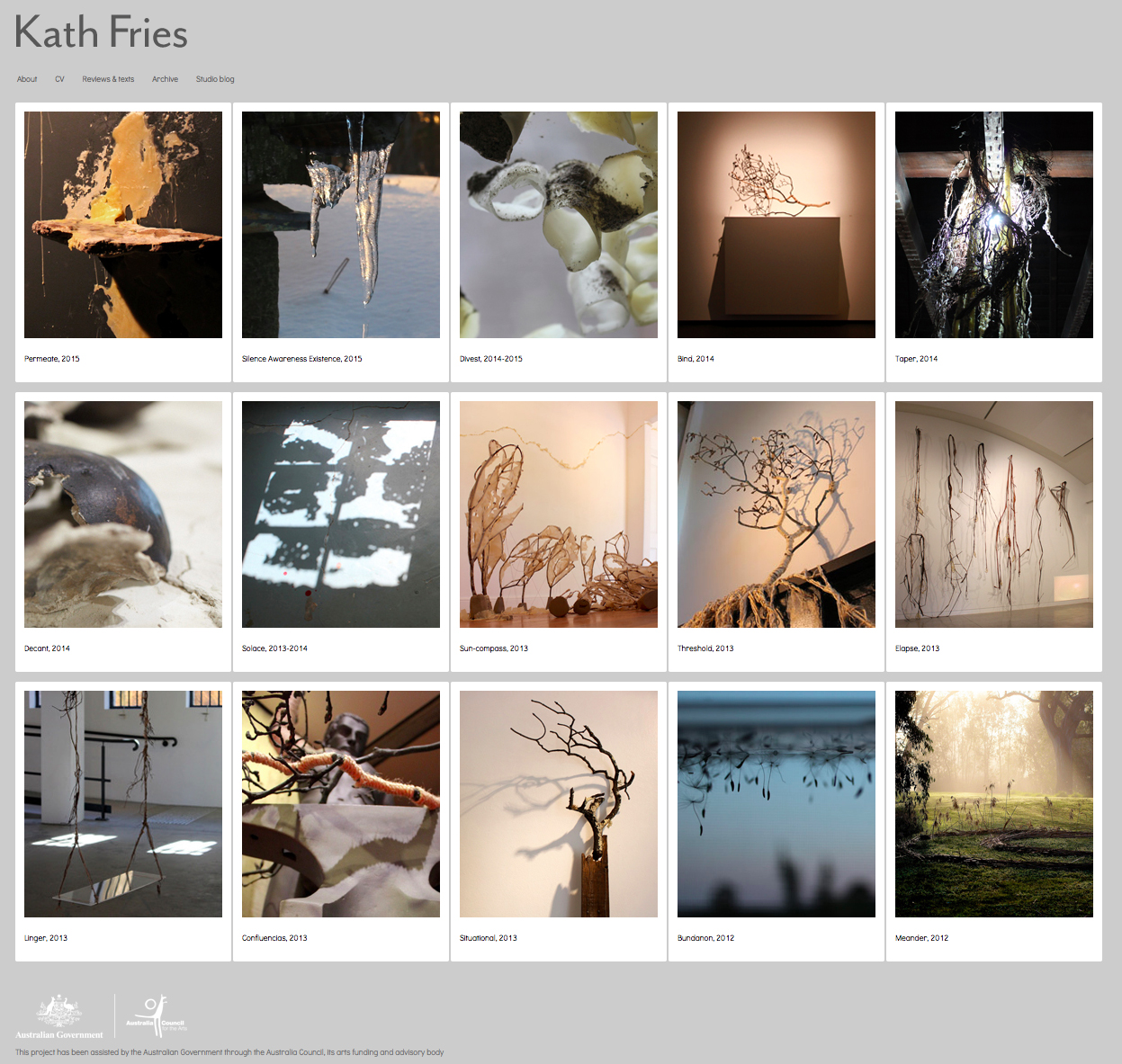 |
| Kath Fries, Dandelion parachute studies, Bundanon studio, 2012 |
Drawn into details, I've been delicately playing with dandelion seed parachutes, staging them amongst found pieces of wood and the natural shadows of the late afternoon. These salvaged dandelion seed parachutes are so tiny and fragile, they are instantaneously blown into the wind or overlooked and crushed underfoot.
 |
| Kath Fries, Dandelion parachute studies, Bundanon studio, 2012 |
 |
| Kath Fries, Dandelion parachute studies, Bundanon studio, 2012 |
I'm finding it interesting to take the time create anthropomorphic* personalities for them, to explore their sense of tenacity and adventurous spirit, tasked with taking on - and taking over - the big wide world. I'm also intrigued as to how long these ephemeral materials will last now that they are removed from the outdoor elements and sheltered in the almost clinical, cool, dry, still atmosphere of my studio.
*(the attribution of human characteristics to nonhumans)
 |
| Kath Fries, Dandelion parachute studies, Bundanon studio, 2012 |
Dandelion Taraxacum officinale are found as weeds worldwide, native only to Eurasia and North America. These species are
edible in their entirety. Dandelions
(from French dent-de-lion, meaning "lion's
tooth") have very small flowers collected together into a composite flower
head. Each single flower in a head is called a floret, 2–5 cm in diameter and consist entirely
of ray florets. The yellow flower heads lack receptacle bracts, all the florets are ligulate and bisexual, so the seeds are produced by apomixis, without pollination, resulting in offspring that are genetically identical to the parent plant. The flower heads mature into spherical "clocks"
containing many single-seeded fruits called cypselae. These are oblanceoloid in shape and 2 to 3 mm long with slender beaks and ribbed with sharp edges. The silky pappi, which form the parachutes, are white to silver-white in color and around 6 mm wide. This parachute pappus of fine hairs enables wind-aided dispersal over long distances. Dandelions are seed dispersed ruderals
that rapidly colonize disturbed soil, as a result dandelions have been spread over much of the temperate world.
 |
| Kath Fries, Dandelion parachutes and thistledown harvest, Bundanon studio, 2012 |
After flowering is finished, the dandelion flower head dries out for a day or two. The dried petals and stamens drop off, the bracts reflex (curve backwards), and the parachute ball opens into a full sphere. Finally, the seed-bearing parachutes expand and lift out. The parachute drops off the achene when it strikes an obstacle. After the seed is released, the parachutes lose their feathered structure and take on a fuzzy, cotton-like appearance, often called "dandelion snow".
I'm currently one of several artists-in-residence at Bundanon Trust. My artist-in-residence blog diary traces an important aspect of my process as I get to know the site and begin making work in response to my experience of being here.






















%2BWhite%2C%2BBRANCH%2B3d.jpg)

















.jpg)













